Constructing Double Heterojunctions on 1T/2H‑MoS2@Co3S4 Electrocatalysts for Regulating Li2O2 Formation in Lithium‑Oxygen Batteries
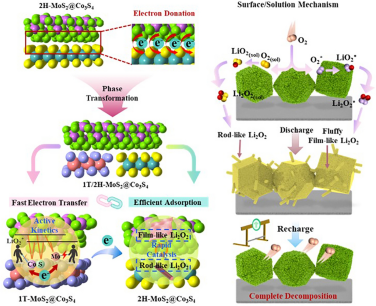
As the demand for high-energy-density storage systems grows, lithium–oxygen batteries (LOBs) have emerged as promising candidates for next-generation power sources. However, challenges such as poor cycle life, high overpotentials, and sluggish redox kinetics hinder their practical application. Now, researchers from Shandong University, led by Prof. Jun Wang and Prof. Lanling Zhao, have developed a novel electrocatalyst—1T/2H-Mo S2@Co3S4—featuring double heterojunctions that significantly enhance ORR/OER performance and cycling stability in LOBs.
Why Double Heterojunctions Matter
- Enhanced Electron Transfer: Electron donation from Co to Mo induces phase transformation from 2H to 1T MoS2, forming conductive Co–S–Mo channels.
- Optimized Adsorption Energy: The 2H-Mo S2@Co3S4 interface moderates eg orbital occupancy, enabling efficient adsorption/desorption of oxygen intermediates.
- Dual Reaction Pathways: Facilitates both surface and solution-mediated Li2O2 formation, improving discharge capacity and reversibility.
Innovative Design and Features
- Heterostructure Engineering: 1T-MoS2@Co3S4 and 2H-MoS2@Co3S4 heterojunctions work complementarily to balance conductivity and catalytic activity.
- ZIF-67 Templating: Preserves a hollow dodecahedral structure, increasing surface area and exposing more active sites.
- Scalable Synthesis: One-pot hydrothermal method with a two-step temperature process enables large-scale production.
Applications and Performance
- High Capacity: Delivers a discharge capacity of 18,721 mAh g-1 at 100 mA g-1.
- Long Cycle Life: Operates for 535 cycles at 1000 mA g-1with a cutoff capacity of 1000 mAh g-1.
- Pouch Cell Validation: Flexible LOB pouch cells show 96% capacity retention and 375 stable cycles, successfully powering smartphones and smartwatches.
Conclusion and Outlook
This work demonstrates a rational strategy for designing bifunctional electrocatalysts through double heterojunction engineering, offering a scalable and efficient pathway to high-performance lithium–oxygen batteries. Future research will focus on long-term stability and integration into commercial energy systems.
Stay tuned for more innovations from Prof. Jun Wang and Prof. Lanling Zhao’s team at Shandong University!
Follow the Topic
-
Nano-Micro Letters

Nano-Micro Letters is a peer-reviewed, international, interdisciplinary and open-access journal that focus on science, experiments, engineering, technologies and applications of nano- or microscale structure and system in physics, chemistry, biology, material science, and pharmacy.
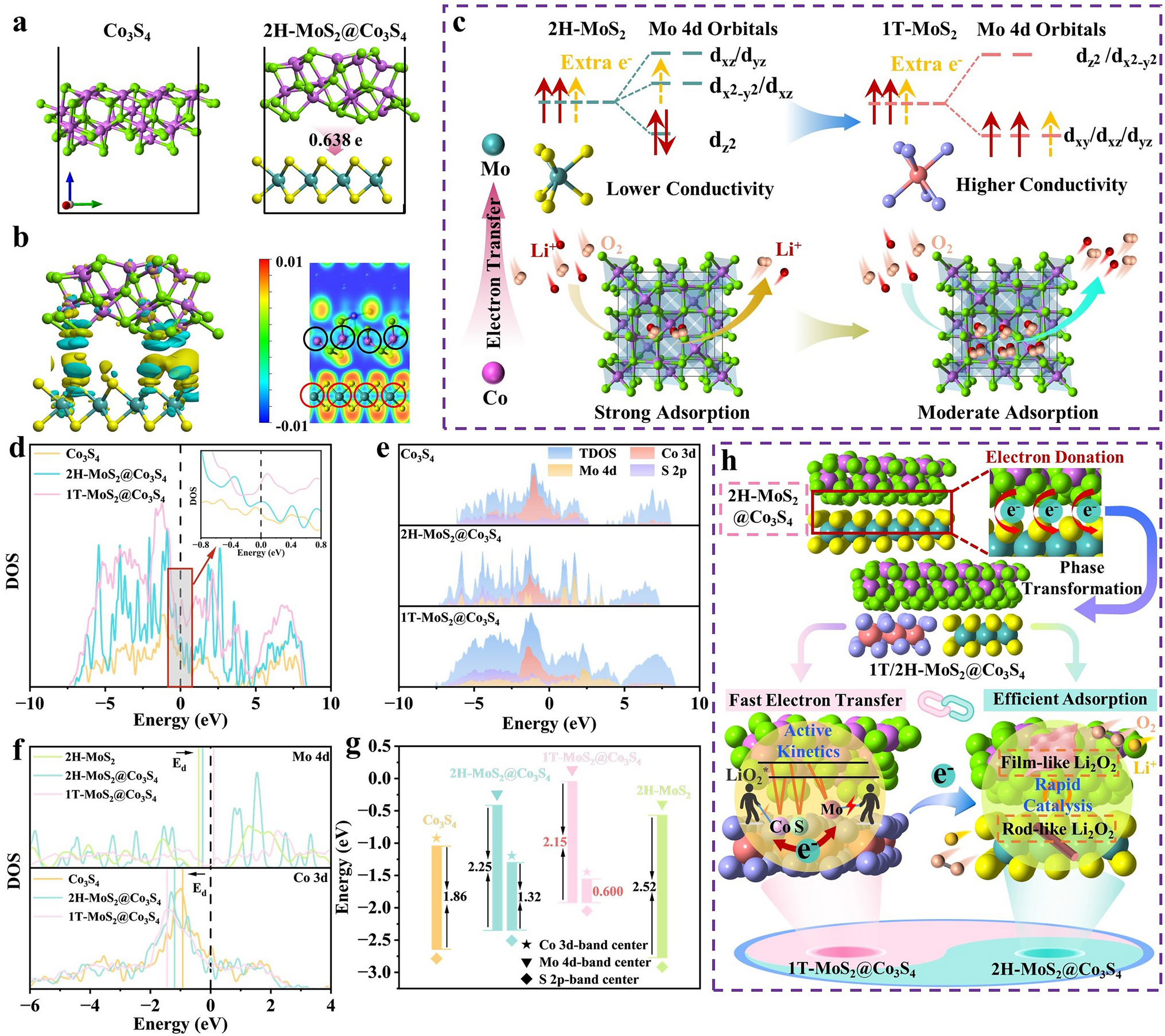
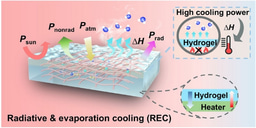

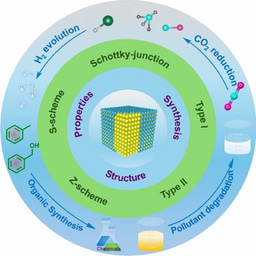

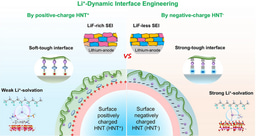
Please sign in or register for FREE
If you are a registered user on Research Communities by Springer Nature, please sign in